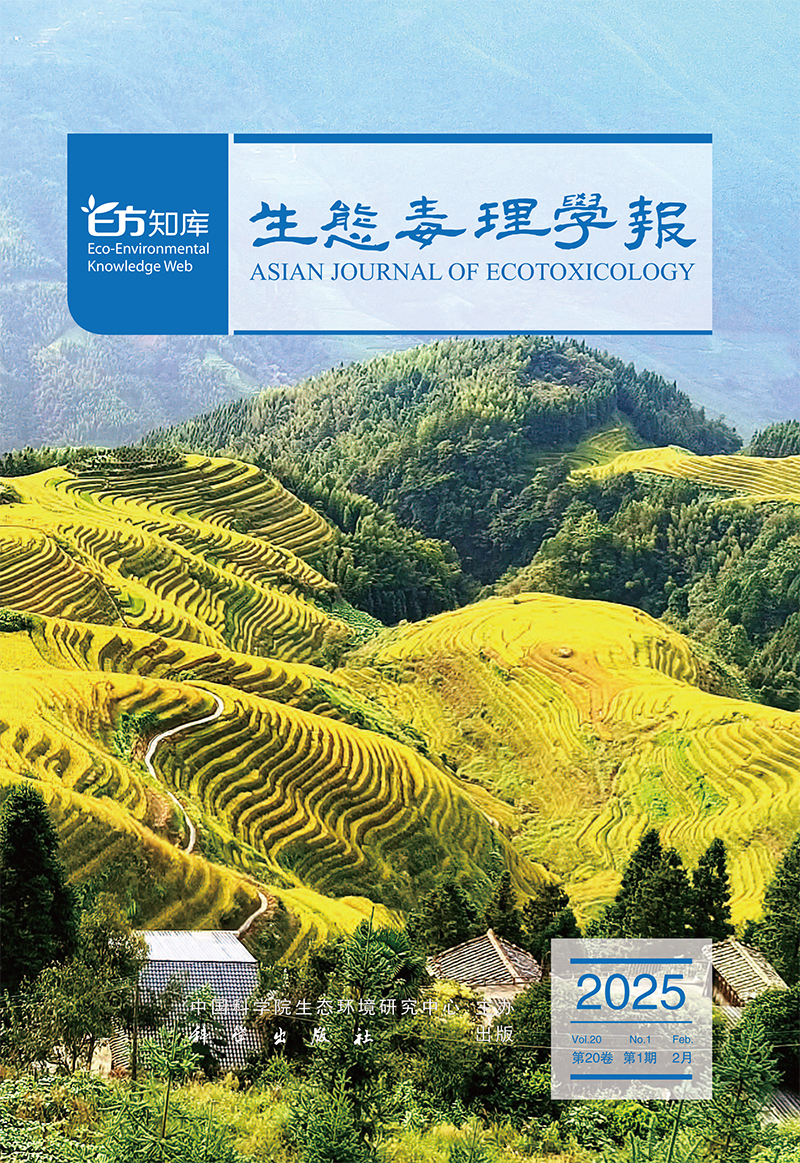QSAR Models for Predicting Biological Half-life of Xenobiotics in Fish
- Received Date: 11/03/2018
-
Key words:
- xenobiotics /
- biological half-life /
- QSAR /
- SVM
Abstract: Biological half-life (t1/2) of chemicals is a key parameter for assessing bioaccumulation of xenobiotics. As the number of synthetic chemicals is huge, it is not practical to experimentally measure their t1/2 values one by one. It is important to develop alternative methods to predict the t1/2 values of xenobiotics. In this study, t1/2 values of 653 chemicals in fish were collected, and multiple linear regression (MLR) and support vector machine (SVM) methods were adopted to develop quantitative structure-activity relationship (QSAR) models for predicting t1/2. For the MLR model, the adjusted determination coefficient (Radj2) is 0.751, the root-mean-square error (RMSE) is 0.587, leave-one-out cross validated coefficient (QLOO2) is 0.735 and external explained variance (Qext2) is 0.682, which indicate that the MLR model has high goodness of fit, robustness, and predictive ability. The results of the SVM model also show high goodness of fit and good predictive ability (Radj.train2 = 0.839, RMSEtrain = 0.457, Qext2 = 0.708). The model application domains were characterized by the Williams plot. The obtained models can be used to predict logt1/2 of chemicals including polycyclic aromatic hydrocarbons, polychlorinated biphenyls, poly brominated diphenyl ethers, pesticides, pharmaceuticals, alkanes, naphthenic hydrocarbons, alkenes, alcohols, ethers, acids, esters, ketones, halogenated compounds, aromatics, organosulfur compounds, organonitrogen compounds and organophosphorus compounds.





 DownLoad:
DownLoad:
